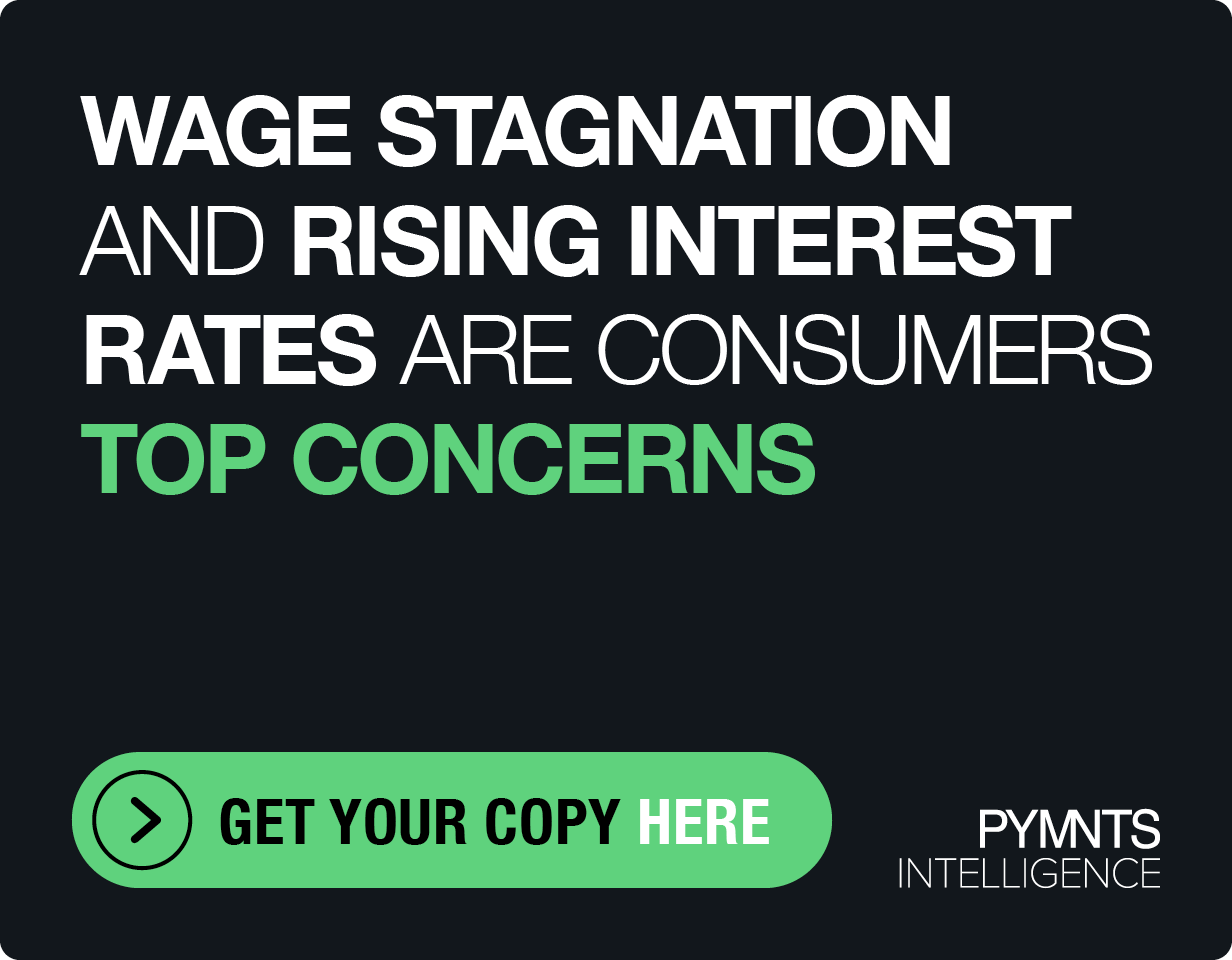Online Sales Slip in February as Consumers Return In-Store

The latest reading on retail sales data from the Census Bureau showed that overall retail sales were up 0.6% month over month, reversing a 1.1% decline that had been seen in January.
And given the fact that the “non-store retailers” line item — generally used as a proxy for online sales — was down 0.1% month over month, the read across is that the spending happened on-site, in brick-and-mortar locations.
Digging into the details, the most notable increases in spending were seen in the automobile/motor parts segments, up 1.6% month on month. Spending at gas stations was up 0.9%. Consumers boosted their spending at food and drink establishments by 0.4% and by 1.5% at electronics and appliance stores.
Uneven Spending
But spending dipped at apparel stores, down 0.5%, and at health-related/personal care outlets, where those sales were off 0.3%. Grocery spending slid 0.1% month over month.
The data paint an uneven portrait of consumer spending, a tiptoe off an arguably lower base, as January sales had dipped, and a February increase only indicates that there’s been a partial retracement, or recovery, of spending.
Weather may have been a factor, and perhaps in the months ahead we’ll see renewed momentum in the clothing and care-related products, as individuals and households ready for spring.
But a sharp rebound is no sure thing. As reported earlier in the week, inflation remains top of mind for consumers — and in the best case scenario, over the short term, they expect inflation to be stable. But over the longer term, they see inflation creeping up. Near-term inflation expectations are steady at 3.0%, and consumers expect prices increases to accelerate for gas; slow for medical care, college education and rent; and remain flat for food, per the most recent Fed data. Consumers also said they were concerned about tighter credit access and financial stability.
PYMNTS Intelligence data found that 82% of respondents say concerns about inflation top their lists of economic woes, and only 17% hold out any hope that inflation will subside anytime soon. Even higher-income consumers are trading down on the items and goods that they are buying, as our research shows that 28% of high-income shoppers who have purchased lower quality products due to price increases.
PYMNTS has also been tracking the “Click and Mortar” shopper, as retailers look to omnichannel to boost sales.
As far back as the middle of last year we uncovered the fact that, overall, 40% of shoppers have been switching merchants to save money. The February data indicate that in many cases, and in several categories, spending’s actually taking a pause. And only the next set of reports, for March and beyond, will indicate whether the caution will subside.

